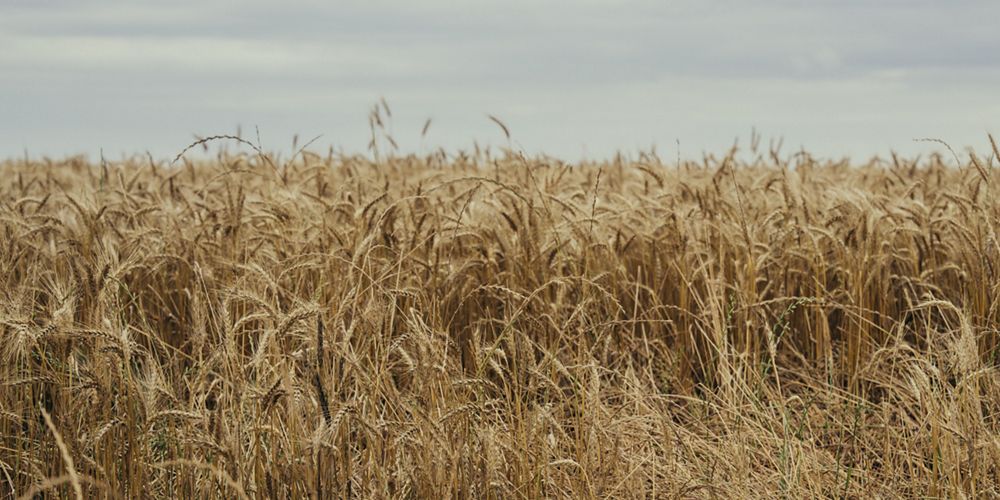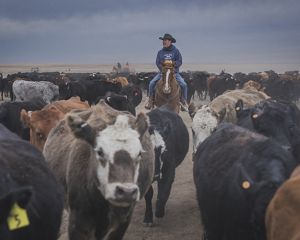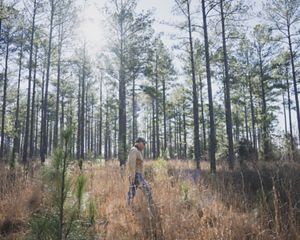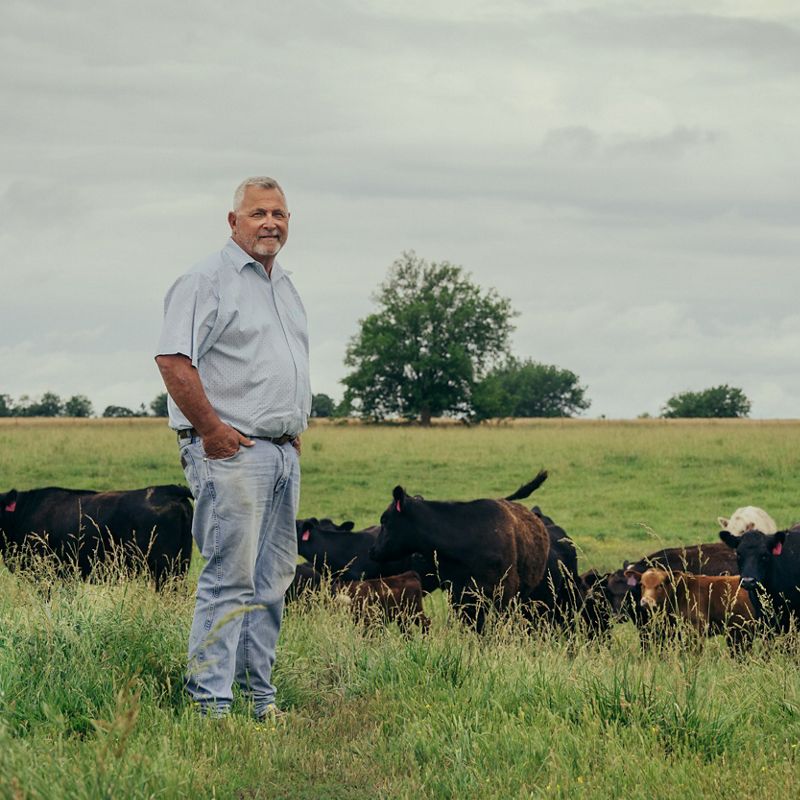
On Victor Ranch, caring for land and community goes hand-in-hand
With help from Farm Bill conservation programs, this Oklahoma ranch has flourished.
One day in the 1960s, after a heavy rain, Grant Victor’s grandfather took him to look at the water running off two fields near their family’s ranch in Afton, Oklahoma. From the bare dirt field, the water ran a muddy brown, evidence of precious topsoil being carried away. From the second field, lush with tall grass, the water was clear. “If you ever remember anything in your life,” Victor recalls his grandfather saying, “remember this picture.”
Victor, a young boy at the time, laughed. He was used to his father and grandfather’s plentiful teaching moments. But those lessons about caring for the land took root and grew. Nowadays, their legacy is written across Victor Ranch—in the pastures seeded with native prairie grasses, the birds calling from the pecan groves and the verdant creek-side habitat fenced off from the hungry attentions of cattle.
This flourishing vista is the reward for decades of patient work, aided by funding from several Farm Bill conservation programs. And while Victor’s land stewardship has earned him state and national recognition, the fourth-generation farmer has not been content to rest on his laurels. He’s now sharing his lifetime of knowledge with farmers who’ve long been left out of the picture.
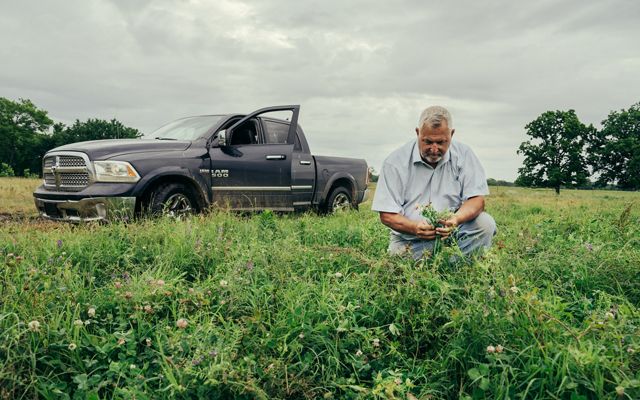
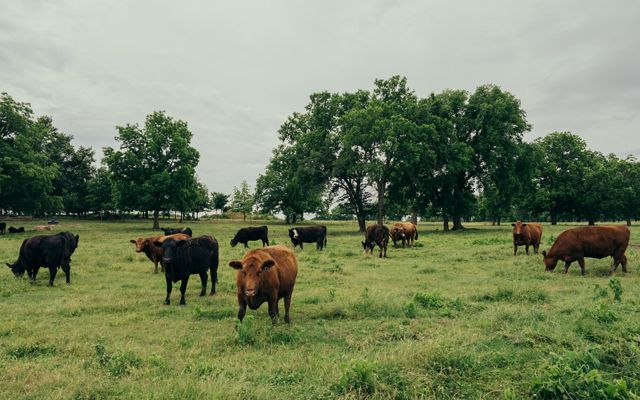
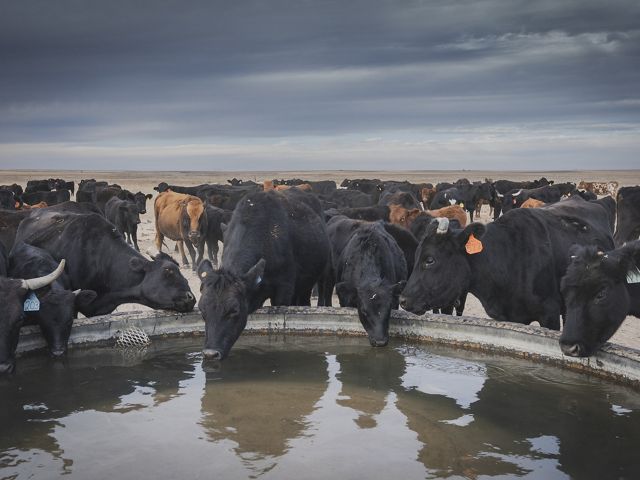
What is the Farm Bill?
Although little-known outside of agricultural circles, the Farm Bill is one of the most important pieces of legislation in the United States. The bill funds a vast array of agricultural programs, from crop subsidies to nutrition assistance. It’s the nation’s single biggest investment in the conservation, restoration and management of private land, providing an average of $6 billion annually for conservation efforts. The bill supports work that improves soil, water and habitat health over millions of acres of farms, ranches, forests and grasslands.
Learn more here.
Victor currently raises cattle on 2,700 acres and corn, wheat and soybeans on another 900.
His family, members of the Cherokee Nation, have been working the land in this corner of northeast Oklahoma since 1891. In the 1980s, long before regenerative agriculture became a trendy topic, he, his father and their wives were already using cover crops and no-till practices to reduce soil lost to erosion. In 1986, the family won a national award for this work.
During that time, Grant visited ranches and farms at home and abroad as part of an agricultural leadership program. He learned how other ranchers were using the then-novel practice of rotational grazing. This practice limits cattle’s natural tendency to loaf in and around water sources, where they trample vegetation, overgraze favored plants and dirty waterways. Rotational grazing confines cattle to smaller pastures and transfers them at a steady pace from plot to plot, leaving a longer rest period for grasses to grow back. “I came back and said, man, that’s what I want to do,” Victor recalls.
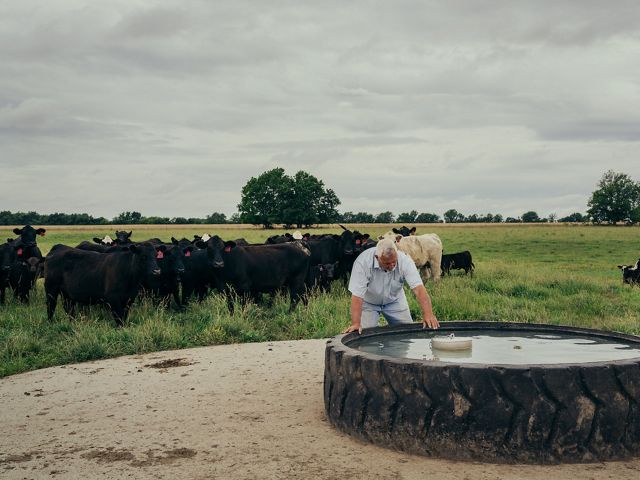
But he needed a way to get water into the subdivided pastures he planned to create—a pricey proposition. After several years of implementing rotational grazing practices as best he could with his own money, he approached his county’s conservation district, a local sub-unit of state government that carries out resource management programs. The office told him that they could help, but that the process would take time. A year and a half later, the district called him with good news: through the Farm Bill-funded Environmental Quality Incentives Program, financial and technical assistance was on the way.
In the early 2000s, EQIP helped to finance the drilling of eight wells on the ranch, and over the next few years, the program also partially funded the installation of new fencing, water tanks and roughly 30 miles of piping. Further support from EQIP helped Victor convert 600 acres of erosion-prone cropland to pasture. These pastures are stocked with native grasses as well as legumes such as vetch and clover, which act as a natural fertilizer.
Fertilizer—namely, too much of it—is a big concern in the area. Victor Ranch is sited alongside Little Horse Creek, which drains into Grand Lake O’ The Cherokees. In the past, the lake was beset by harmful algal blooms, the result of nutrient-laden runoff. After witnessing the lake’s declining health, Victor decided to take action. With help from state and federal conservation programs, he took 238 acres of creek-side habitat out of production, fencing cattle out of the area. As the vegetation returned, so did eagles and other wildlife, while the lake’s health improved.
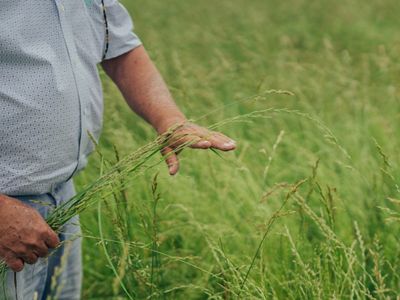
“None of this would ever have happened,” Victor says, if not for “the day I went to my conservation district and said, how can I get started on that?”
The past few years have put Victor’s ranching practices to the test. Between 2021 and 2023, a deep drought gripped the area. Without water or feed, many of his neighbors had to sell off half or more of their cattle herds. Even on Victor’s land, the drought killed grasses and ruined the soy and corn crops. “I’d be pretty embarrassed if you came and looked at me last year,” he says.
Hay ran so low that he had to resort to an alternative feed, corn silage, for the first time in the ranch’s history. Thanks to the wells and the land’s overall health, though, Victor was able to hang on to his herd. “Financially, it makes it really, really tough,” he says, but “you find a way to work around it.”
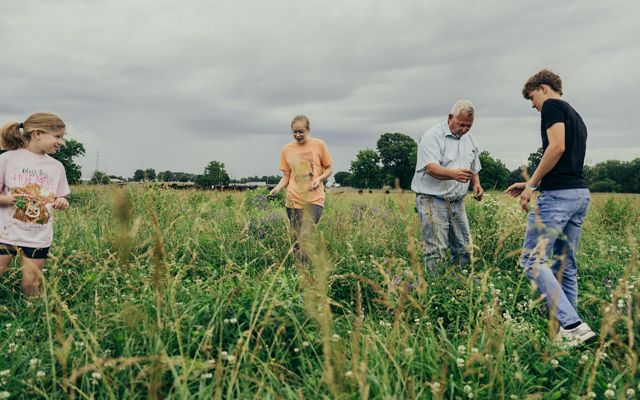
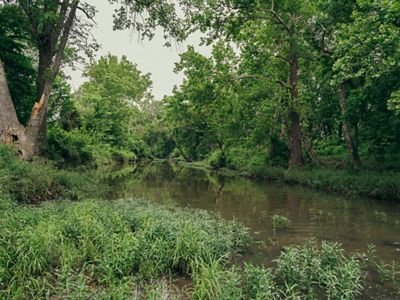
As he has given back to the landscape, Victor has given back to the agricultural community as well. He’s coming up on his two-year anniversary as part of the Oklahoma Conservation Commission, and continues his long tenure on the board of his county’s conservation district. At the district office, he’s long noticed that Black, Latino and tribal farmers are under-represented. “No one is being left out on purpose,” Victor says, “but we are leaving people out.”
Historically, non-white farmers and ranchers dealt with harsh discrimination from the U.S. Department of Agriculture. Even now, they still face barriers when trying to access Farm Bill funds and programs. Applications can be complicated and time-consuming, and for farmers who grew up hearing stories of relatives getting rejected and dismissed, they might decide such programs are simply not for them.
Oklahoma’s Conservation & Agriculture Reach Everyone program, an initiative of the Oklahoma Association of Conservation Districts, is working to redress some of these past wrongs. CARE aims to get more socially disadvantaged and veteran farmers involved in conservation planning and programs. Since its founding in 2017, the program has reached 4,000 such farmers, and, according to Victor, has contributed to a substantial increase in the number of people of color serving on conservation district boards.
As part of CARE, Victor meets with groups of farmers and ranchers to talk up the benefits of conservation and encourage them to apply to state and federal farm programs. “I love bringing people to my place and letting them see and learn,” Victor says. “Of all the things I’ve done, that’s been one of the most rewarding.”
Victor’s eagerness to share his knowledge goes beyond practical considerations about runoff or grazing. The Oklahoma soil has sustained generations of his ancestors and, with luck, will one day sustain his four sons and their children. “I always say conservation … truly, it saved my soul. It’s part of my heritage and part of my faith,” Victor reflects. “I feel a big responsibility of sharing that and helping others. That’s all I have left to offer in life.”
Quote: Grant Victor
I always say conservation … truly, it saved my soul. It’s part of my heritage and part of my faith.
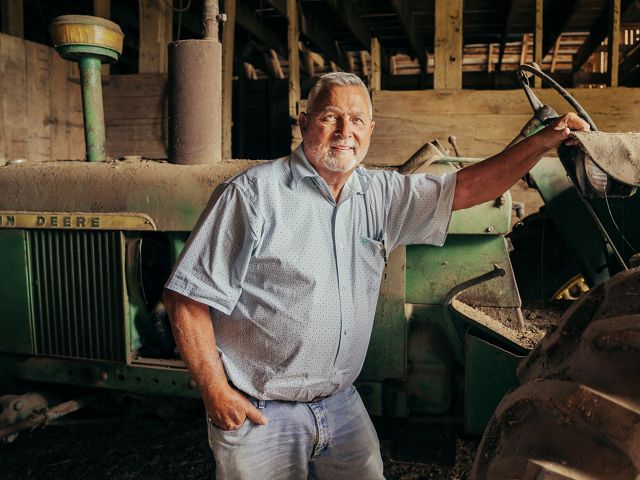
Speak Up for Nature
Support Farm Bill Conservation Programs
The Farm Bill offers a critical lifeline to farmers, ranchers and landowners who want to better conserve and manage their lands. Tell Congress: pass a Farm Bill that supports conservation.
